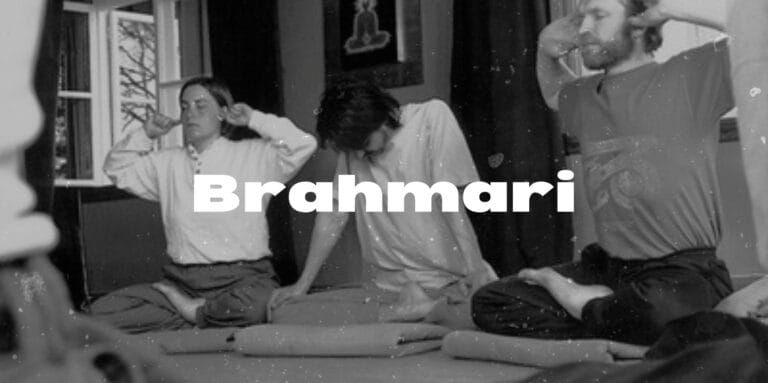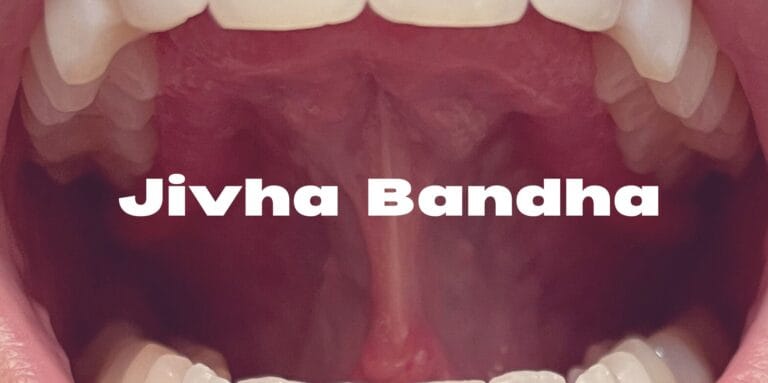Similar Posts

Swana Pranayama
Dog-like breathing technique.

Brahmari
The adjective “Bhramari” can be translated from Sanskrit as “sweet as honey” or “that which produces ecstasy.” This powerful pranayama practice, often associated with the sound of a bee’s hum, evokes feelings of calm and inner joy. Bhramari pranayama has an immediate relaxing effect on the brain. When practiced consistently, even for just a few…


Jivha Bandha
Take your practice of pranayama to the next level using the tongue lock. Jivha Bandha (the tongue lock) is a powerful technique used in advanced pranayama practices to elevate the energy flow in the body and deepen the effects of breath control. When practiced correctly, it helps to strengthen the internal energy channels, calm the…

Feel the Abdomen, Feel the Chest
1. Find a Comfortable Position: 2. Focus on Your Breath: 3. Feel the Abdomen: 4. Feel the Chest: 5. Complete Relaxation: 6. Stay in This State: This practice is a wonderful way to cultivate a deep sense of relaxation, especially when you feel stressed or disconnected. It can also serve as a gateway to deeper…

Learn how to perform Shitali Pranayama
Sit in a comfortable, upright position, such as Sukhasana (easy pose) or Vajrasana (diamond pose). Close your eyes gently and take a few deep breaths to relax your body and mind. Curl the tip of your tongue into a U-shape, resembling a rolled-up tube. Inhale slowly and deeply through the curled tongue as if you…